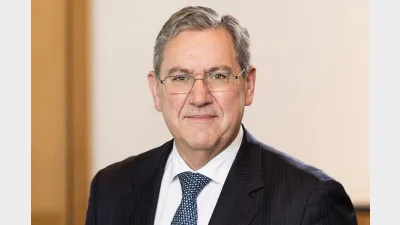Managed futures play diversifying role
Selecting investments on the basis of fundamental forecasting can lead to high levels of correlation in a portfolio - something that exposure to managed futures can mitigate, according to FRM Australia managing director Richard Keary.
Because fundamental forecasting is based upon consensus numbers, it tends to lead to a 'herding' mentality and doesn't leave the investor with much scope to diversify, Keary said.
Managers who trade in futures contracts (also known as commodity trading advisors, or CTAs) use technical analysis to identify trends and benefit from market volatility, he added.
"The literature has lots of examples showing that when markets fall, owning some CTA exposure helps mitigate the losses," Keary said.
The offshore FRM Sigma Fund has been in operation since 2005, and has been available to wholesale investors in Australia and New Zealand as a unit trust for just over a year. The offshore fund returned 40 per cent during 2008, during a period when markets were down 40 per cent, Keary said. The Australian unit trust generated a return of 12.89 per cent over the past year, net of all fees and expenses.
"Adding trend following or momentum-based decision-making is a simple way to diversify the risks associated with selecting investments using forecasting alone," he said.
"Instead of trying to forecast trends using fundamental forecasting, CTAs identify and follow trends using proprietary computer modelling to maximise exposure to the trends," Keary added.
The FRM Sigma Fund differed from many of the unit trusts that were frozen during the global financial crisis because it allowed weekly redemptions, which reflected the liquidity of the underlying offshore fund, Keary said.
Recommended for you
The corporate watchdog is preparing to publish a progress report on private credit this September, following a comprehensive review of the rapidly expanding market.
The fund has appointed Fotine Kotsilas as its new chief risk officer, continuing a series of executive changes aimed at driving growth, but NGS Super’s CEO has assured the fund won’t pursue growth for growth’s sake.
AMP Super has taken a strategic stake in Atmos Renewables, funding major battery and wind farm projects to boost Australia’s clean energy transition.
The major superannuation fund is facing legal action from ASIC after allegedly failing to inform the regulator about investigations into serious member service issues.











